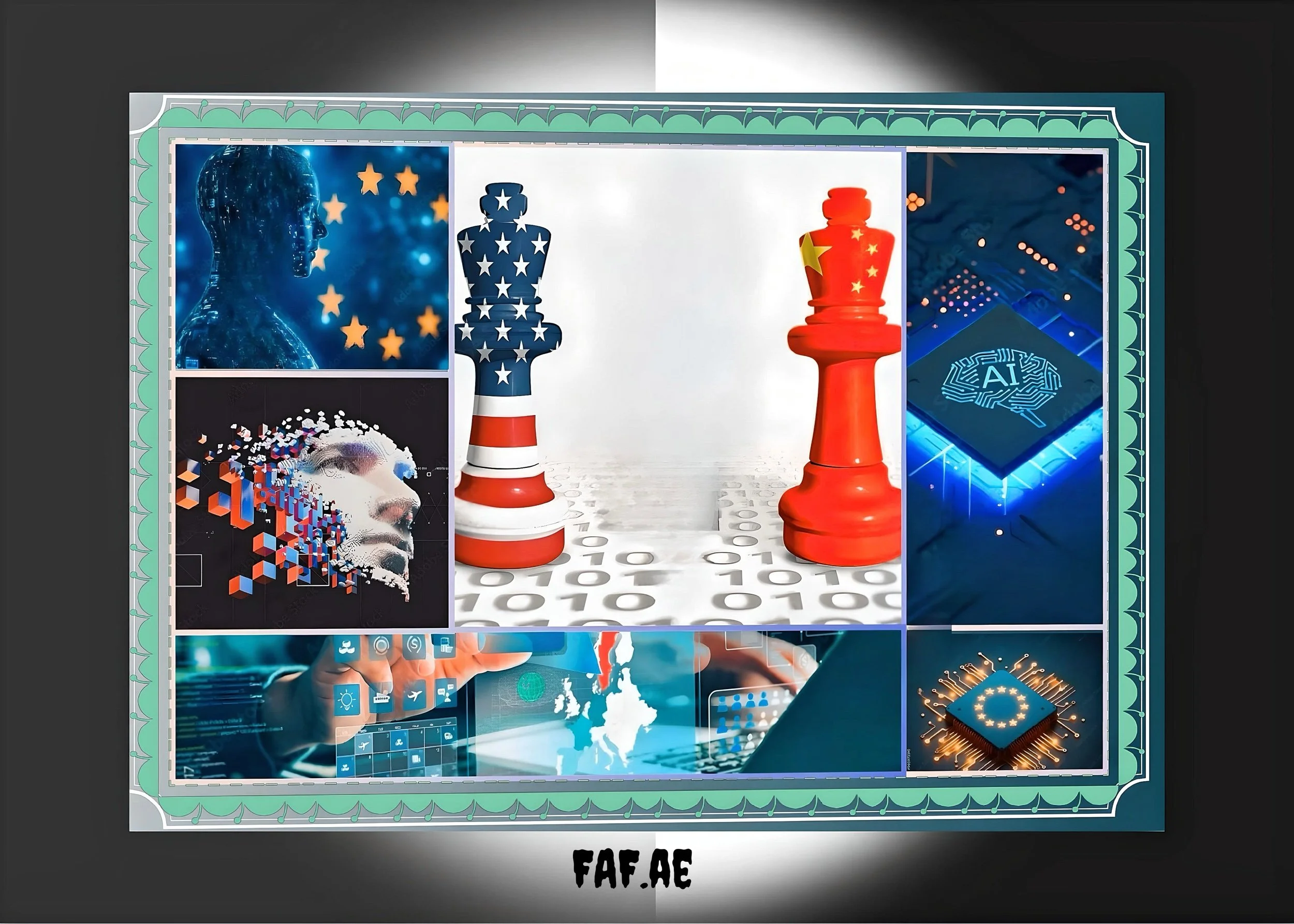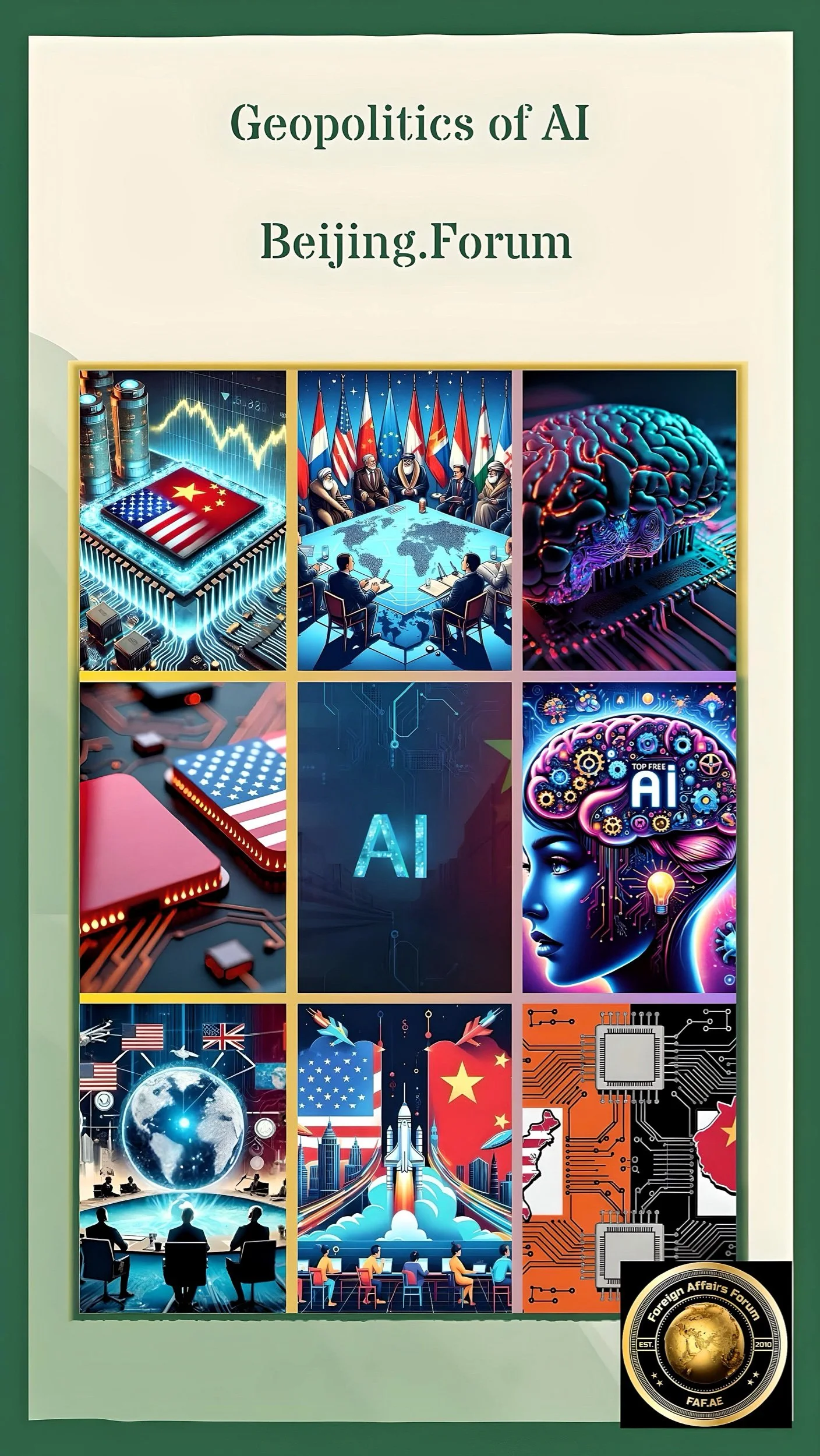UAE’s AI-Powered Law-Making: Balancing Innovation and Religious Tradition
Introduction
The United Arab Emirates is pioneering a revolutionary approach to governance by becoming the first country to employ artificial intelligence in drafting legislation.
This bold initiative promises significant efficiency gains while raising important questions about the intersection of technology, civil governance, and religious jurisprudence.
The system aims to accelerate the legislative process dramatically while maintaining cultural and religious values in a nation with a unique dual legal framework.
Understanding UAE’s Dual Legal System
The UAE operates under a dual legal system that combines civil and sharia law, creating a complex juridical landscape that any AI system must navigate with precision and cultural sensitivity.
Civil Law Framework
The UAE’s civil law system governs most commercial, criminal, and administrative matters throughout the federation. Derived primarily from Egyptian and French legal systems, UAE civil law has evolved to address modern economic and social realities while maintaining cultural alignment.
The Federalist structure allows individual emirates to maintain local regulations parallel with federal laws, creating multiple jurisdictional layers.
Any AI system must comprehend the federal statutes and the local laws of seven distinct emirates.
Sharia Law Application
Alongside civil law, the UAE applies sharia law, which is Islamic religious law derived from the Quran and Hadith (the sayings and practices of Prophet Muhammad).
Sharia primarily governs personal status matters, including marriage, divorce, inheritance, and criminal offenses.
Unlike civil law, which can be modified through legislative processes, Sharia principles are considered divinely revealed and immutable in their foundational form. However, interpretation (ijtihad) allows for adaptation to modern contexts.
This creates a fundamental challenge for AI involvement, as the system would need to distinguish between areas where innovation is permissible versus sacred principles that human scholars traditionally interpret.
The AI-Powered Legislative System
The UAE’s initiative represents a significant advancement in governmental technology adoption, positioning the country at the forefront of AI-augmented governance.
System Architecture and Capabilities
The newly established Regulatory Intelligence Office will oversee a sophisticated AI ecosystem to comprehensively map, analyze, and update legislation. The system will create an integrated database linking all federal and local laws with judicial rulings, executive procedures, and public services.
The AI will identify inconsistencies, redundancies, and improvement opportunities across the legal framework through natural language processing and machine learning while benchmarking against international standards.
Efficiency and Monitoring Claims
UAE officials project that the AI-powered system will accelerate the legislative process by up to 70%, dramatically reducing the time required for research, drafting, and evaluating laws.
The system will continuously monitor the impact of legislation across more than 20 sectors using big data analytics, potentially transforming static laws into “living, responsive regulations” that adapt to changing social and economic conditions.
This real-time monitoring capability could provide unprecedented visibility into legislative effectiveness.
Potential Risks and Challenges
The groundbreaking nature of using AI for law-making in a dual legal system presents numerous technical, legal, and ethical challenges.
Technical Limitations and Bias Concerns
AI systems remain limited in understanding contextual nuance, cultural sensitivities, and ethical considerations inherent in law-making.
These systems rely on training data that may contain inherent biases, potentially perpetuating or amplifying these biases in generated legislation.
For example, if training data primarily reflects specific demographic perspectives, the resulting laws might inadequately address the needs of minority groups or fail to consider critical cultural contexts.
Specific Challenges for Civil Law
In civil law, AI faces the challenge of balancing efficiency with precision. Legal language requires exactitude, as minor wording differences can substantially alter interpretation and application.
The system must navigate the UAE’s complex multi-jurisdictional structure where federal and emirate-level laws coexist, sometimes with overlapping domains.
Additionally, the AI must predict how courts interpret proposed language, requiring a sophisticated understanding of judicial precedent and reasoning patterns.
Unique Considerations for Sharia Law
AI's application to legislation influenced by Sharia presents distinct theological and philosophical challenges.
Sharia law is considered divine revelation rather than human creation, and interpretation is traditionally performed by qualified scholars (ulama) with a deep understanding of Islamic jurisprudence (fiqh).
Having AI involved in this process raises fundamental questions about human authority in religious interpretation and the appropriate boundaries of technological intervention in matters of faith.
Islamic scholars traditionally employ methodologies developed over centuries, including qiyas (analogical reasoning), ijma (scholarly consensus), and ijtihad (independent reasoning) to apply Sharia principles to new situations.
An AI system must somehow replicate or assist these complex interpretive processes while respecting their religious significance.
This creates tension between technological innovation and religious tradition that will require careful navigation.
Accountability and Sovereignty Questions
Using AI to draft laws raises critical questions about accountability. When legislation is algorithmically generated or influenced, determining responsibility for outcomes becomes challenging.
Who bears responsibility if AI-drafted legislation produces unintended consequences—the developers, the government officials who approved it, or the system itself?
This accountability gap could potentially undermine public trust in the legal system.
Safeguards and Mitigation Strategies
The UAE appears to have implemented several safeguards in its AI legislative system to address the inherent risks.
Human Oversight Framework
The UAE has emphasized that the AI system will augment rather than replace human legislators. Officials will maintain final decision-making authority, with AI functioning as a sophisticated research and drafting assistant rather than an autonomous lawmaker.
This “human-in-the-loop” approach preserves human judgment while leveraging AI efficiency, potentially combining both strengths.
Technical and Process Safeguards
The Regulatory Intelligence Office structure suggests a comprehensive approach to system governance.
By connecting with global policy research centers and benchmarking against international standards, the UAE appears to be building external validation mechanisms that could help identify potential issues in AI-generated content.
Including diverse stakeholders from federal, local, and private sectors in the governance framework creates multiple perspectives that could help identify and address biases or gaps.
Global Implications and Future Outlook
The UAE’s initiative represents a watershed moment in applying AI to governance, with potential global ripple effects.
Setting International Precedent
As the first country to formally implement AI for legislative drafting, the UAE establishes precedents that other nations will likely study closely.
Success or failure in this initiative could significantly influence global willingness to adopt similar approaches.
Nations with similar legal structures might be particularly interested in adopting comparable systems if the UAE demonstrates meaningful efficiency gains without compromising legal quality or cultural values.
Evolution Toward Adaptive Governance
The system's real-time monitoring capabilities suggest a movement toward a more adaptive and responsive governance model.
If successful, this could represent a shift from periodic legislative updates to continuous refinement based on empirical impact data.
This “living legislation” approach could potentially address one of the fundamental limitations of traditional lawmaking: the lag between societal change and legal adaptation.
Conclusion
The UAE’s pioneering effort to incorporate AI into law-making represents remarkable innovation and significant challenges, particularly in navigating the intersection of technology with a dual legal system encompassing civil and religious law.
While the efficiency gains and analytical capabilities offer compelling advantages, the initiative raises profound questions about the appropriate legal and technological intervention boundaries—especially in domains traditionally governed by religious authority and human interpretation.
The success of this bold experiment will likely depend on finding an appropriate balance: leveraging AI capabilities while preserving human judgment, respecting religious tradition while embracing innovation, and increasing efficiency while maintaining cultural alignment.
As this system develops, it will provide valuable insights into the future relationship between artificial intelligence and governance worldwide, potentially establishing new paradigms for how societies create and maintain their legal frameworks.






